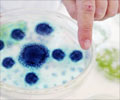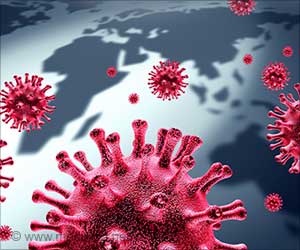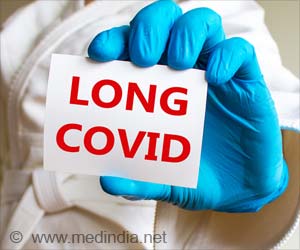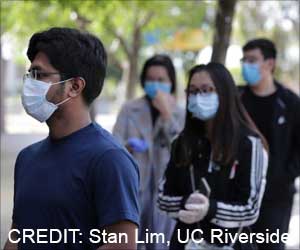Researchers explored the direct involvement of SARS-CoV-2 in the CNS in physiologically relevant models. They assessed SARS-CoV-2 infection in human neural progenitor cells (hNPCs), neurospheres and brain organoids derived from induced pluripotent stem cells (iPSCs).
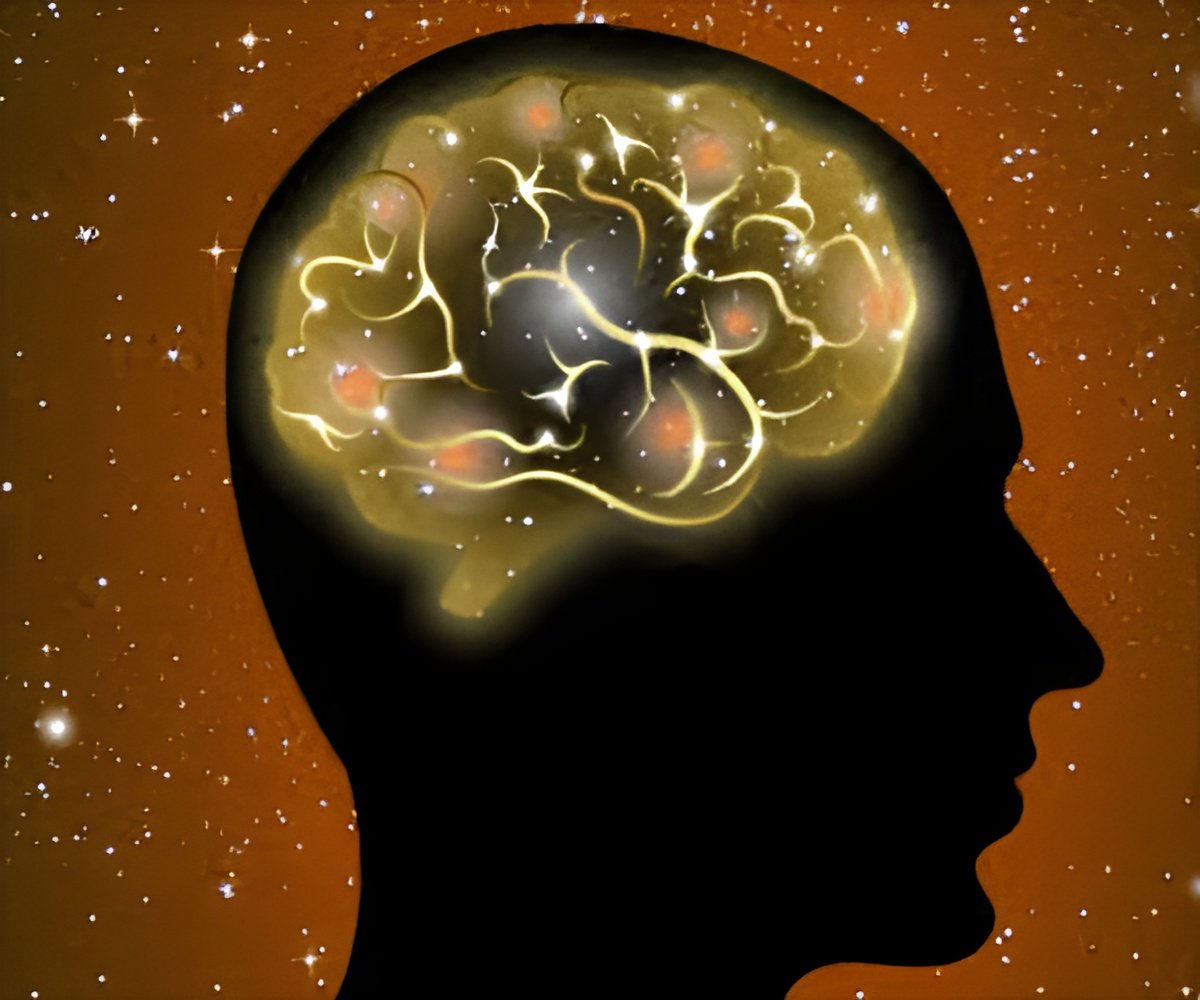
‘New study provides the first evidence of direct SARS-CoV-2 infection in human brain organoids, which contributes to our understanding of the pathogenesis of neurological complications in COVID-19.’
Read More..




This novel coronavirus primarily causes respiratory illness with clinical manifestations largely resembling those of SARS. However, neurological symptoms including headache, anosmia, ageusia, confusion, seizure and encephalopathy have also been frequently reported in COVID-19 patients.Read More..
A study of 214 hospitalized COVID-19 patients in Wuhan reported that 36.4% of all patients and 45.5% of severe cases had neurologic symptoms. In addition, studies from France and Germany have revealed that 84.5% and 36.4%, respectively, of COVID-19 patients had viral infections in the brain.
However, there has been no direct experimental evidence of SARS-CoV-2 infection in the human central nervous system (CNS).
The results demonstrated that iPSC-derived hNPCs were permissive to SARS-CoV-2 infection, but not SARS-CoV infection. Extensive protein expression and infectious viral particles were detected in neurospheres and brain organoids infected with SARS-CoV-2, which suggested SARS-CoV-2 could productively infect the human brain.
Importantly, SARS-CoV-2 infection in 3D human brain organoids was localised to TUJ1 (neuronal marker) - and NESTIN (NPC marker)-positive cells, suggesting SARS-CoV-2 could directly target cortical neurons and NPCs.
Advertisement
The research team suggested that chronic and long-term consequences of SARS-CoV-2 infection of the CNS should be closely monitored.
Advertisement
Source-Eurekalert



